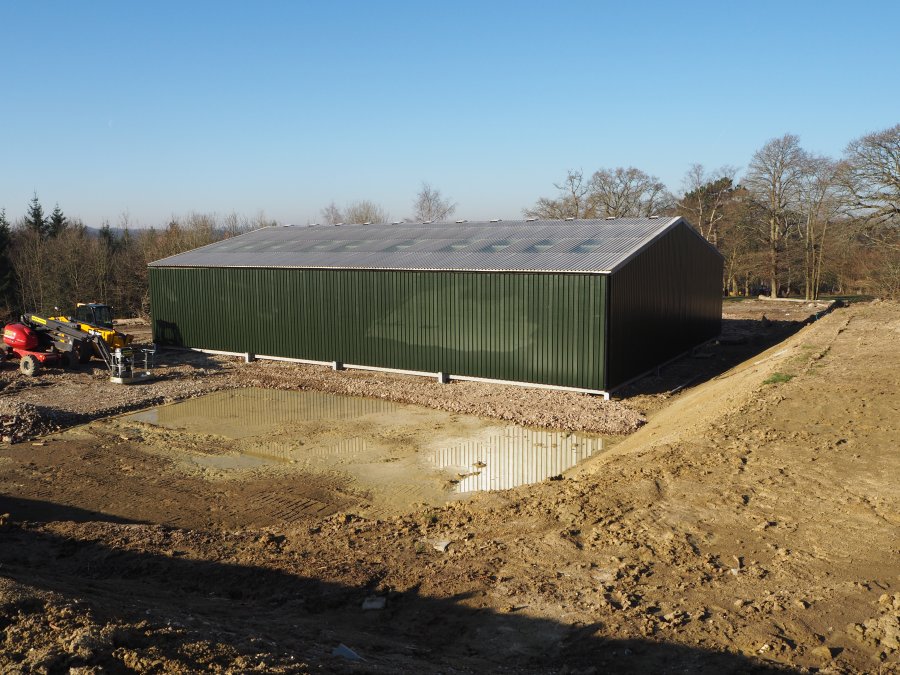Now is a great time to invest in buildings – it can increase efficiency, bring new opportunities and future-proof your business against whatever Brexit might bring. So is now the moment for vineyards to seize the initiative and start building?
Favourable permitted development regulations, the availability of cheap finance and the contribution that buildings can play to a rural business’s bottom line are prompting many to explore the options.
More buildings are going up – and this is entirely understandable. Assuming you meet the basic criteria and can provide the agricultural justification, it’s possible to erect a structure of up to 1,000 sq m under permitted development rights (PDRs). These applications are straight forward and cheap – they cost hundreds rather than thousands – and stand a strong chance of being approved.
The lenient treatment agriculture receives in terms of planning and development compared with other industries is justified because it boosts the rural economy – but landowners can’t take this for granted as a change of government could result in unhelpful changes. It’s conceivable that all agricultural buildings could be subject to full planning in future, which would mean more regulations, a slower process and higher costs.
It’s understandable that some vineyard owners are delaying major spending ahead of Brexit, but putting up buildings can bring opportunities now and lead the way to new income streams in the future.
With base rates still at a low 0.75%, banks are eager to lend money to land owners because their asset bases are usually strong with land values at historically high levels. Of course there’s got to be a clear business strategy but the finance case is really strong. Nowadays, it’s possible to put up a 5,000 sq ft general purpose structure for about £50,000.
Erecting a new building can also free up existing structures not suited to the core activity but which are ripe for conversion for ancillary uses or perhaps be available to let.
An old store with low ceilings might not be suitable for today’s tractors and sprayers but could be converted into workshops or office units and, under PDRs, potentially even into residential use. The new building could boost the vineyard’s efficiency because of its additional capacity and suitability for modern methods, but there are also potentially exciting opportunities from the old one.
If you are in the right area, there’s a massive demand for buildings for non-agricultural uses. In the course of our work across southern England, we see a lot of opportunities for rental income near towns and cities and in the relatively prosperous areas near London. But elsewhere land owners are making meaningful profits from rental turnover.
Even if you’re a long way from a centre of population, but perhaps near a busy road, it may be that someone is looking for storage or a place to park their lorries.
With any new building project, factoring in flexibility is key. You might be putting up a building for 30 years or more so, as well as ensuring it has a low environmental impact, think carefully about its layout, size and location in relation to access and machinery movements. Run though all the scenarios about what might happen if your enterprises change and if you want to use that building for something else.
I have never come across a situation in my consultancy career of 25-plus years where a land owner has regretted putting up a building – and there’s never been a better time than now.




